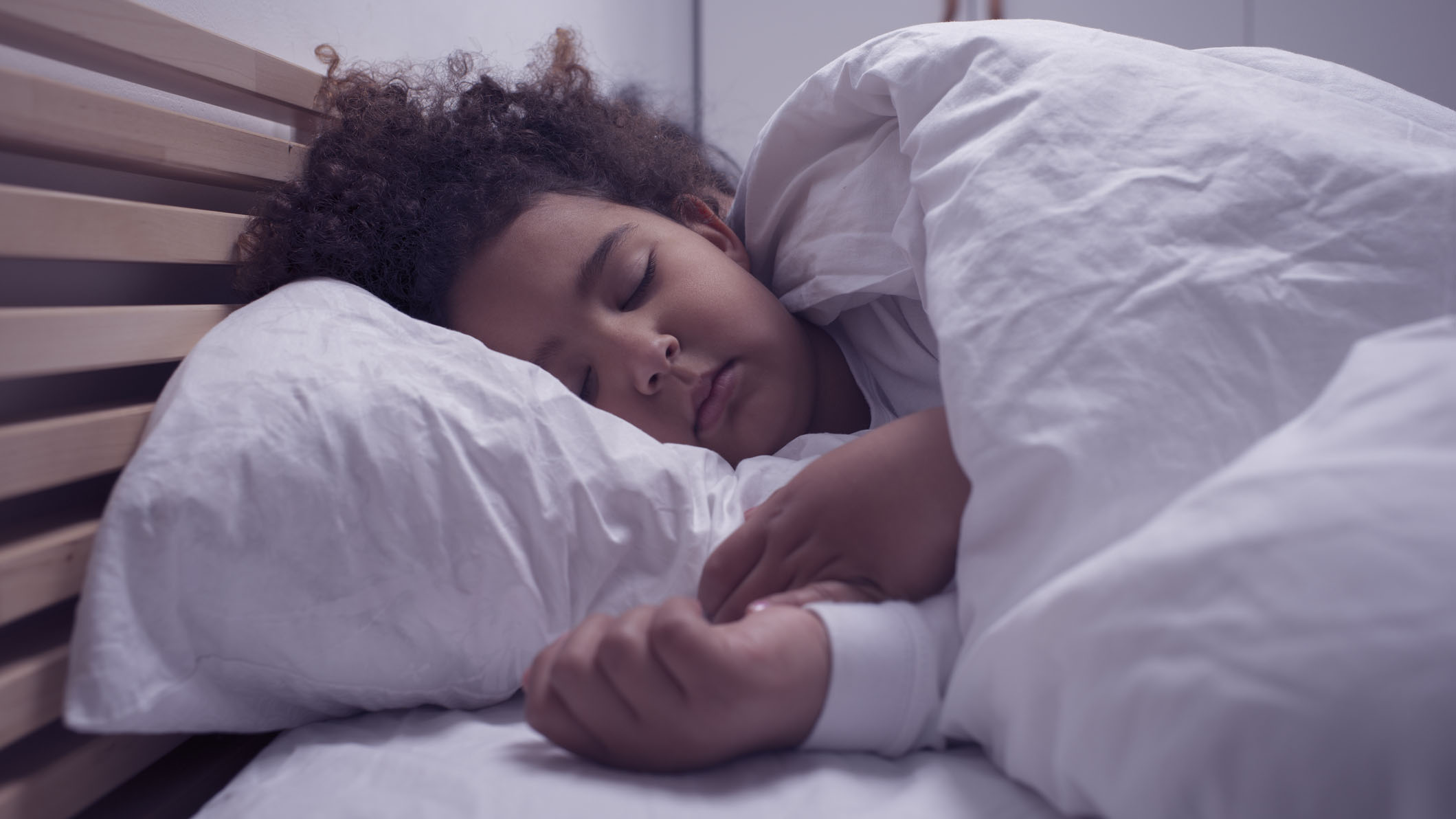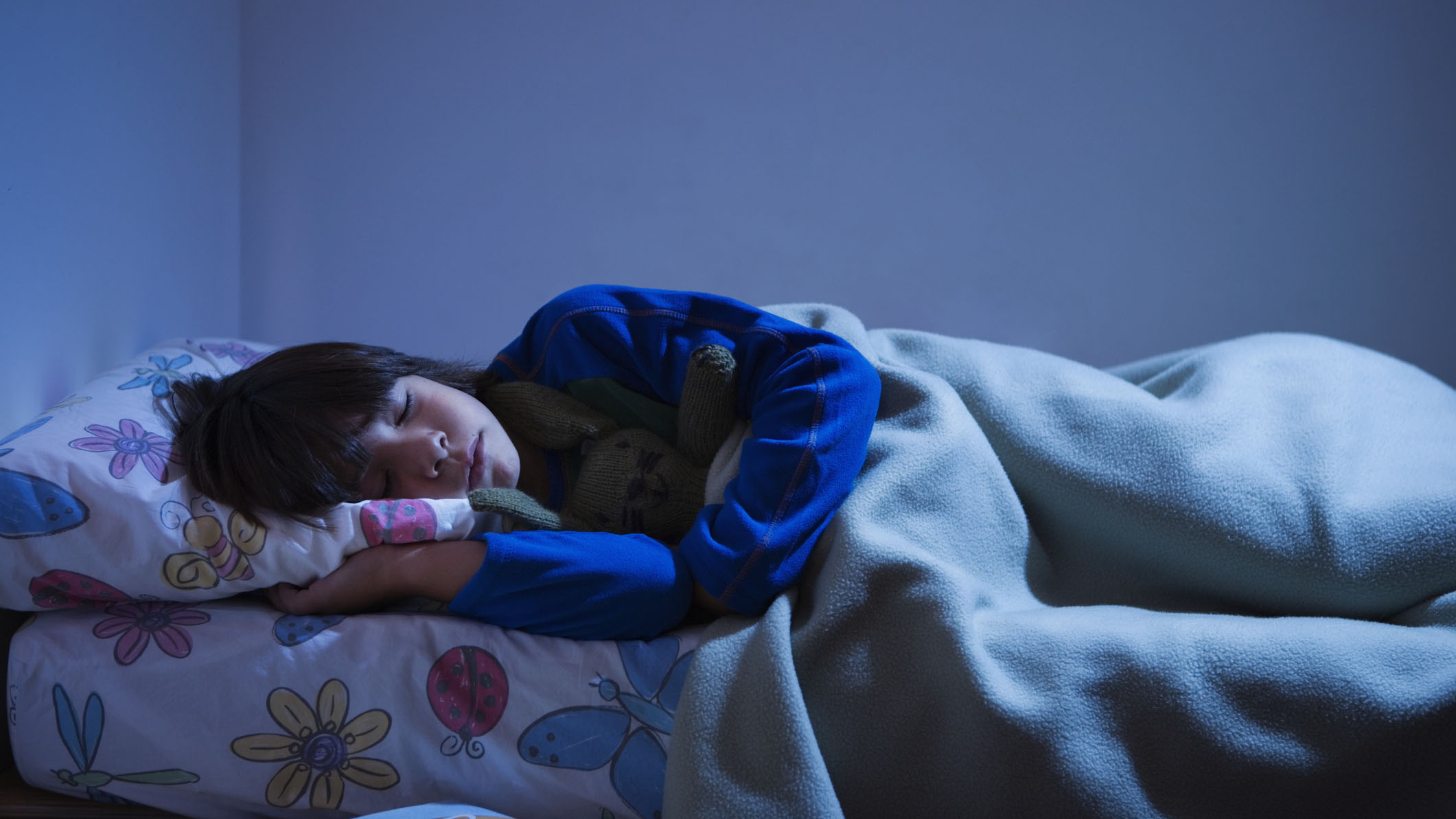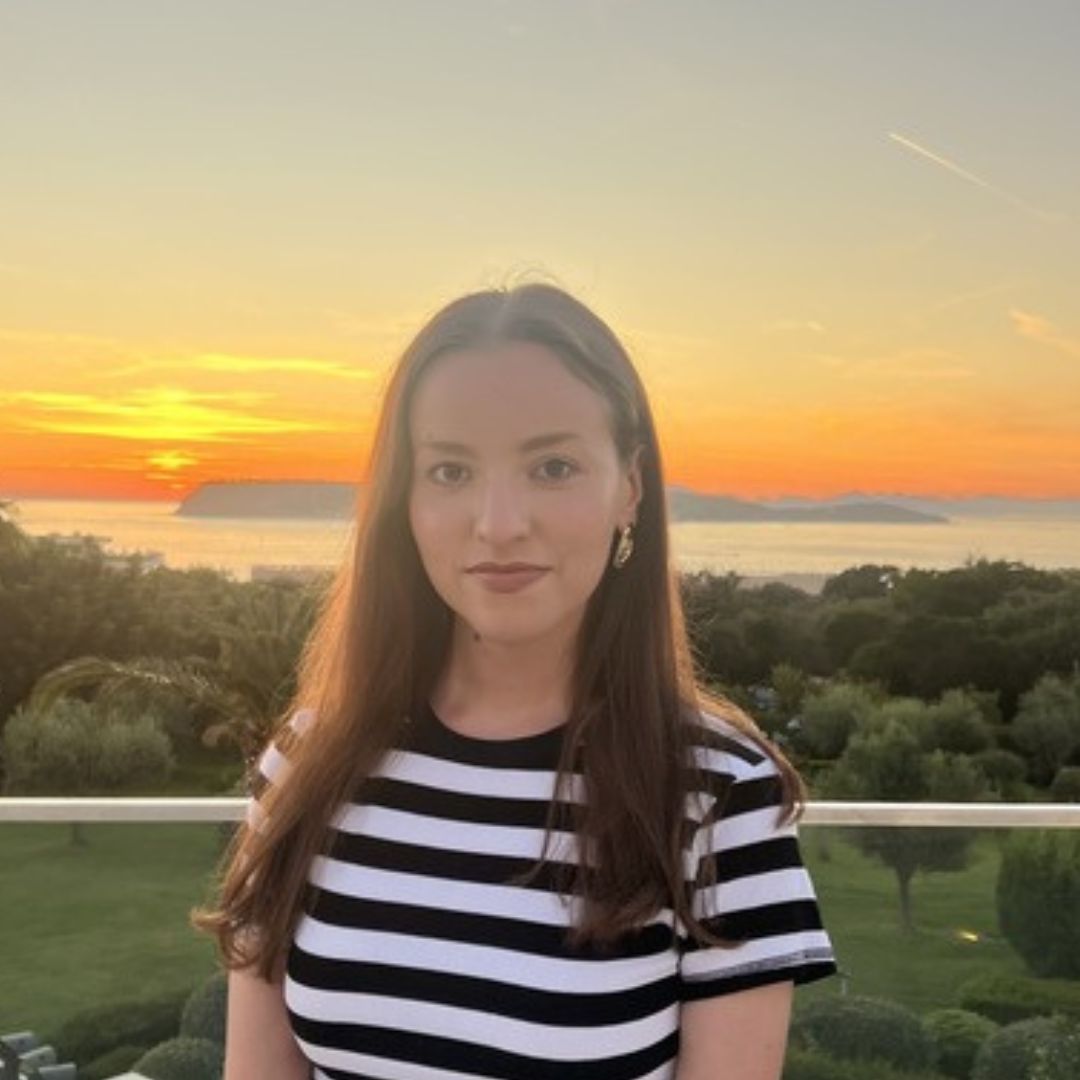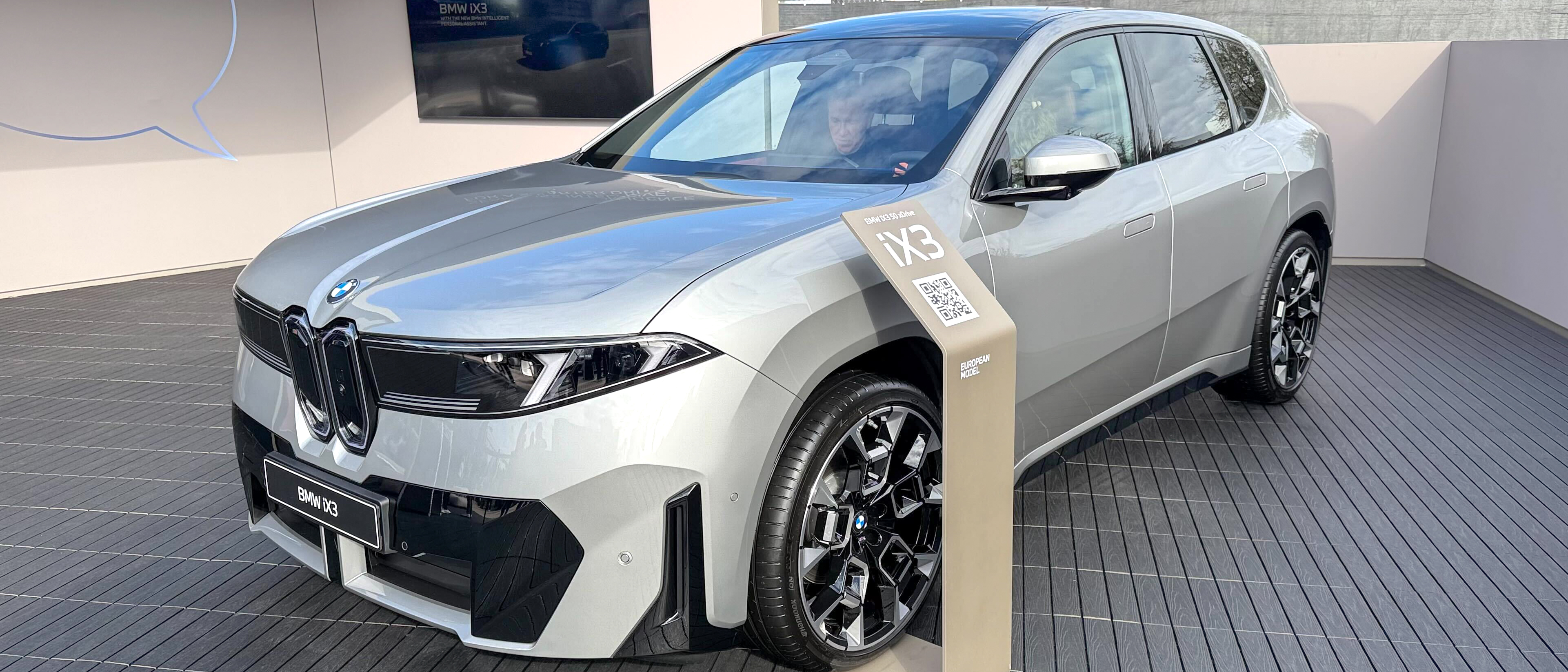Expert shares 5 common sleep apnea symptoms in children and when they’re likely to appear
A leading sleep apnea expert explains what the disorder looks like in children — and when to take action

If your loved one is affected by sleep apnea, they’re not alone. At least 936 million people around the world may have obstructive sleep apnea, while it's estimated that over 70 million people globally may have the less common central sleep apnea.
Sleep apnea is most common in adults (especially those over 65), as aging is linked to sleep apnea. However, it can also affect children, with obstructive sleep apnea occurring in 1% to 5% of children. If you're concerned that your child may have this sleep disorder, you may need to know the signs to look out for and how it can be diagnosed.
To help, we recently spoke to sleep apnea expert Professor Esther Rodriguez to help you spot the five most common symptoms of sleep apnea in babies and children. Plus, she tells us when these symptoms are most likely to appear.

Professor Esther Rodriguez-Villegas is the founder and director of the Wearable Technologies Lab at Imperial College London, and the founder and CEO of medtech company Acurable. She also developed the AcuPebble, a non-invasive device that sits on the user's throat to help speed up the diagnosis of Obstructive Sleep Apnea by recording data on the user's smartphone while they're asleep.
What is sleep apnea in children?
Sleep apnea is a health condition characterised by breathing stopping and starting while asleep and comes in two different forms: central sleep apnea (CSA) and obstructive sleep apnea (OSA). The latter, Rodriguez-Villegas says, is the most common and is caused by an obstruction of the airway.
While sleep apnea disrupts the person's quality of sleep, the professor says the condition can have a ripple effect on overall health. "Consequently, this can cause daily fatigue, problems with memory, concentration, and mood," she explains.
Sleep apnea during childhood is usually caused by larger than usual adenoids and tonsils
Prof. Esther Rodriguez-Villegas
"If left untreated, it can also lead or contribute to the progression of various healthcare conditions, including cardiovascular diseases, diabetes, and depression — just to name a few."
While sleep apnea in adults can lead to tiredness and low concentration, Rodriguez-Villegas says the symptoms in children are slightly different. "In children, the condition can also manifest in behavioural problems, such as hyperactivity, impulsivity, irritability, rebelliousness, or aggression," she explains. "Unfortunately, this can often lead to suboptimal performance in school and, on occasion, to a false diagnosis of ADHD."
Get instant access to breaking news, the hottest reviews, great deals and helpful tips.
According to the sleep expert, "Sleep apnea during childhood is usually caused by larger than usual adenoids and tonsils and can be corrected with relatively simple surgery."
5 common sleep apnea symptoms in children
While symptoms can appear at any age, Rodriguez-Villegas tells us that they most commonly appear between the ages of two and eight when tonsil growth is at its peak. Although uncommon, sleep apnea can be seen in newborn babies, especially if they were born prematurely.

"It's more common in premature babies, as they tend to sleep more. Sleep apnoea can also be caused by underdeveloped facial features, such as a small or pushed back chin," says the sleep apnea specialist.
Sleep apnea in children can manifest itself in many different ways, but Rodriquez Villegas says the following are the most common symptoms:
- Snoring – although not all children who snore have sleep apnoea.
- Audible pauses in breathing or frequent choking or gasping whilst asleep.
- Sleeping in odd positions (for example, with their head bent backwards) that the child may find helps them to breathe more easily.
- Younger children may be more hyperactive or aggressive, and older children may be more sleepy during the day. This can lead to difficulty concentrating, poor school performance and behavioural problems, and they may be wrongly thought to be naughty as a result.
- They may wake up tired, with a headache, unhappy, or refusing breakfast.
When sleep apnea in children is misdiagnosed
While Rodriguez-Villegas says that, for most people, no genetic link has been identified for sleep apnea, she does point out that some research has identified genetic factors that contribute to the lifetime likelihood of developing sleep apnoea. In children, the probability of developing OSA can also significantly increase with genetic conditions such as Down's Syndrome and sickle cell disease.
Around 12% of children snore, while only 2-5% are estimated to have sleep apnoea
Prof. Esther Rodriguez-Villegas
The medtech developer also says that sleep apnea can be mistaken for something else. "Sleep apnoea symptoms in children can often be misdiagnosed as ADHD, OCD or other behavioural issues," she explains.
On the other hand, if a child has some traits that are common in those with sleep apnea, it doesn't mean they necessarily have the sleep condition. For instance, Villegas-Rodriguez says that snoring shouldn't automatically be seen as a sign of sleep apnea.
"Around 12% of children snore, while only 2-5% are estimated to have sleep apnoea," she says. "However, very loud snoring is not common in children and can be a cause for concern if accompanied by other symptoms."
Getting a diagnosis of sleep apnea
"Currently, the accepted gold standard for OSA diagnosis in children is polysomnography (PSG) and, in some cases, cardio-respiratory polygraphy (CR-PG)," Rodriguez-Villegas tells us.
"AcuPebble is a promising new technology already used as standard of care for diagnosis of OSA in adults and has just undergone clinical evaluation with excellent results for children, with the publication of these outcomes pending," she says. "New technologies could completely revolutionise how sleep apnoea is diagnosed in children, improving access to treatment."

Sleep apnea treatment options for children
Fortunately, Rodriquez-Villegas says that the prognosis of OSA in children is excellent — but only with correct treatment. "Paediatric sleep apnoea is usually very treatable, although the treatment and likelihood of success vary depending on the cause," she says. "In some cases, lifestyle changes such as weight loss may be enough, while medical surgical intervention may be required in others."
In rare cases, orthodontic devices may be needed to adjust the position of the child's jaw. However, if the child's sleep apnea is caused by enlarged tonsils or adenoids, a simple removal surgery can fix the issue.
If a doctor believes sleep apnoea is a possible cause of the child’s symptoms, they will refer them to a sleep specialist to be tested
Prof. Esther Rodriguez-Villegas
"Alternatively, the child may need to wear a specialised medical device called a CPAP to maintain their airway while they sleep or take nasal steroids to reduce inflammation in their nasal passage," she explains.
If you prefer more natural, non-surgical remedies, mouth and throat exercises, also known as “myofunctional therapy” or “oropharyngeal exercises”, have been shown to improve obstructive sleep apnoea and snoring in children.
If you have observed sleep apnoea symptoms in your child, Rodriguez-Villegas recommends taking them to the doctor. "Provide as much information as possible," she advises. "If a doctor believes sleep apnoea is a possible cause of the child’s symptoms, they will refer them to a sleep specialist to be tested."
More sleep content from Tom's Guide
- A complete guide to the best mattress for every sleeper
- Sleep experts say brushing your teeth before bed is a nighttime routine mistake

Frances Daniels is a PPA-accredited journalist and Sleep Staff Writer at Tom's Guide with an MA in Magazine Journalism from Cardiff University. Her role includes covering mattress and sleep news and writing sleep product reviews and buyer's guides, including our Best Hybrid Mattress 2025 guide. She is interested in the relationship between sleep and health, interviewing an array of experts to create in-depth articles about topics such as nutrition, sleep disorders, sleep hygiene, and mattress care. She is also our specialist on mattress toppers — producing bed topper reviews and taking care of our Best Mattress Toppers 2025 guide — and leads content relating to fiberglass-free beds for a non-toxic sleep. Outside of Tom's Guide, she has written for Ideal Home and Marie Claire.
